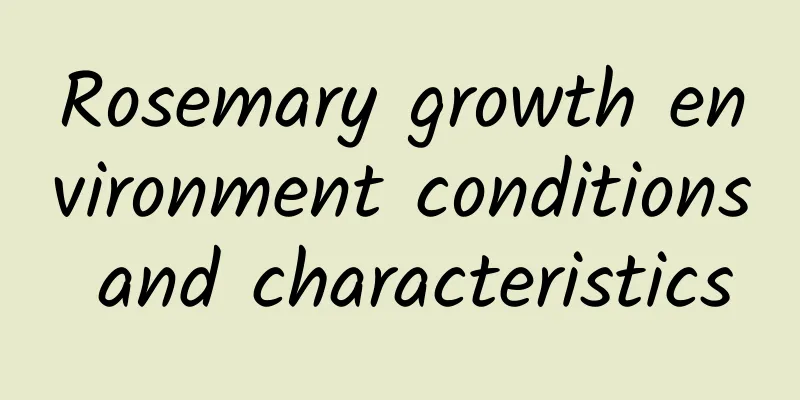Tips for growing nasturtium (how to care for and grow nasturtium)

Basic growth habits of nasturtiumNasturtium is both an ornamental plant and an edible Chinese herbal medicine. It is rumored to have the effect of clearing away heat and detoxifying. It has a wide variety of varieties, with flowers mainly in red, orange, yellow and spots. The flowers are small and delicate with a fragrance. Nasturtium prefers a warm, humid and sunny environment. It is not drought-tolerant and should not be overexposed in the summer. The winter temperature needs to be kept above 10°C. In northern regions, it needs to be brought indoors for the winter before the frost and placed on a windowsill with scattered sunlight for maintenance. How to care for nasturtium:1. Planting time Potted nasturtiums are generally available from March to June. If you purchase seeds, you need to choose the appropriate time period for sowing based on your regional environment and ornamental needs. The best temperature for sowing and seedling raising is 15-25℃, and the cultivation medium should be loose, fertile and well-ventilated. 2. Fertilization Whether it is a potted nasturtium or one that is propagated by sowing, it is not advisable to apply too much nitrogen fertilizer during the seedling stage, so as to avoid the plant growing leaves wildly without blooming. For seed-propagated seedlings, when the plant height reaches about 15 cm, it can be appropriately pinched to break the apical dominance and promote branching. If the height of the potted nasturtium you purchased directly exceeds 30 cm and the initial flowers have not yet appeared, in addition to increasing the light and applying phosphorus and potassium fertilizers, you can also consider using paclobutrazol to dwarf it. 3. Ventilation environment Nasturtium is a semi-climbing flower. When the plant height reaches about 20 cm, a support frame can be installed or a hanging pot can be used to create a height difference to allow it to grow in a hanging pot. After the nasturtium blooms out of the pot, its leaves become lush and it is necessary to clean up the dead leaves from time to time and trim the remaining flowers appropriately to maintain good ventilation. Moreover, it has a certain phototropism. During daily care, you can consciously rotate the direction of the flowerpot to help avoid skewed growth and maintain a good plant shape. 4. Reasonable watering Although the name of nasturtium contains the word "drought", it is actually not drought-resistant, especially in summer. Otherwise, the leaves will easily wilt, and it is also not resistant to exposure to the sun. In addition to keeping the potting soil slightly moist in summer, it is more suitable to place it in a cool and ventilated place for maintenance. In other seasons, it can be kept in full sunlight to prevent excessive growth. |
Recommend
Jasmine repotting and soil changing methods and precautions Jasmine repotting time and soil
Before repotting jasmine, make sure to water it t...
What should I do if succulents do not get enough light? Can I use a desk lamp to supplement the light?
1. What happens if there is insufficient light? T...
How to water Margarite
Watering tips for Margarite Margaret, also known ...
Is windmill jasmine poisonous?
1. Is it toxic? It is toxic. Because it is a plan...
Afraid of spending money on growing flowers? Just go out for a walk and you’ll have all the materials for the year!
Picking Flowers Since we are going to start picki...
When is the best time to prune the osmanthus fragrans
Pruning of Japanese cinnamon During the growth pe...
How to grow pink trumpet creeper
1. Selection of potting soil When choosing a flow...
How to grow money grass in water, what to do if the roots of money grass rot in water
1. Water culture method 1. Water quality requirem...
Characteristics of Parthenocissus tricuspidata, brief introduction of Parthenocissus tricuspidata
1. Introduction to Parthenocissus tricuspidata Iv...
What is the reason for the yellowing of the leaves of the green radish?
1. Too much light Green radish grows better in an...
Rapid germination method of succulent leaf cuttings
1. Choose leaves with good growth points Not all ...
How to grow loofah in greenhouse
Luffa likes sunlight and is slightly shade-tolera...
Rose's growing environment and growing conditions
Rose growth environment and conditions Rose prefe...
What is the function of the measuring stick?
Ornamental effect The stem of the Ophiopogon japo...
Does the maidenhair fern prefer shade or sun?
Does the maidenhair fern prefer shade or sun? The...









